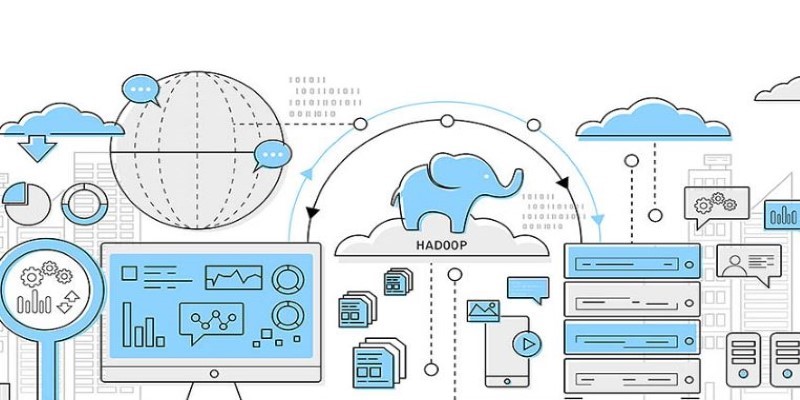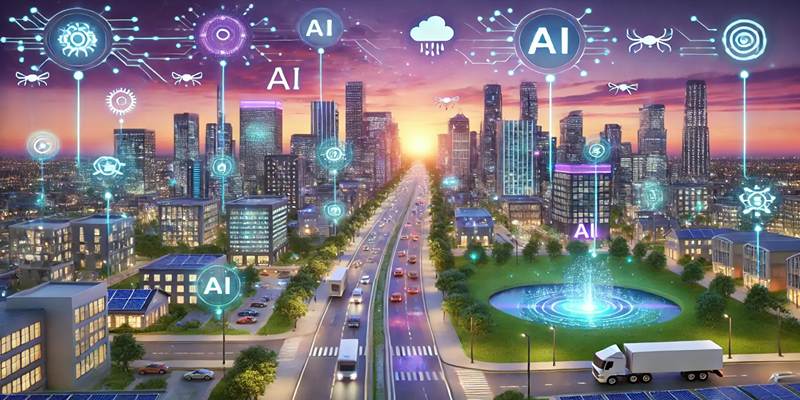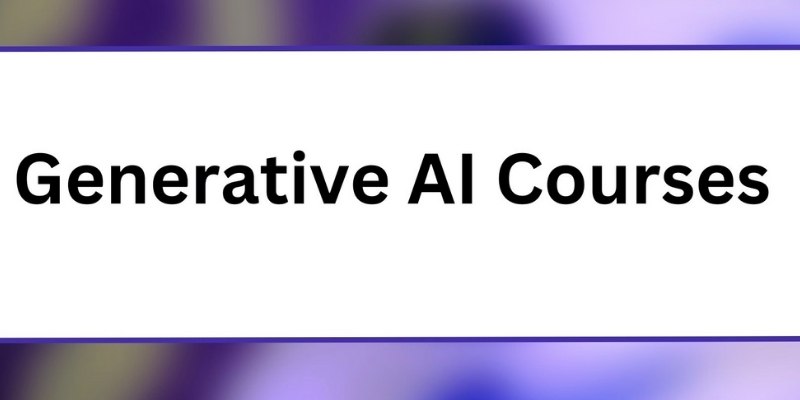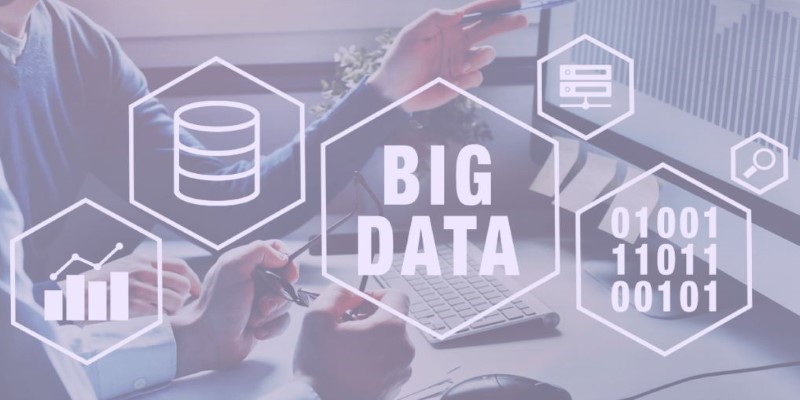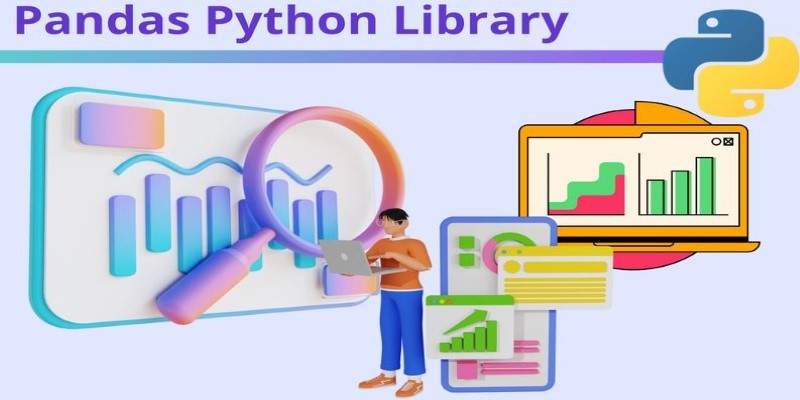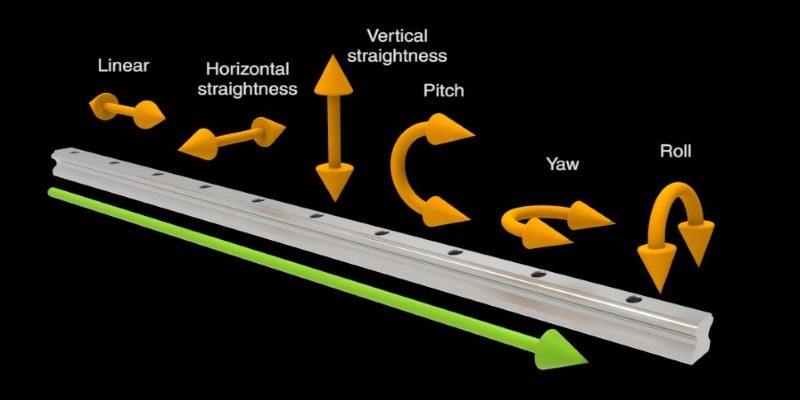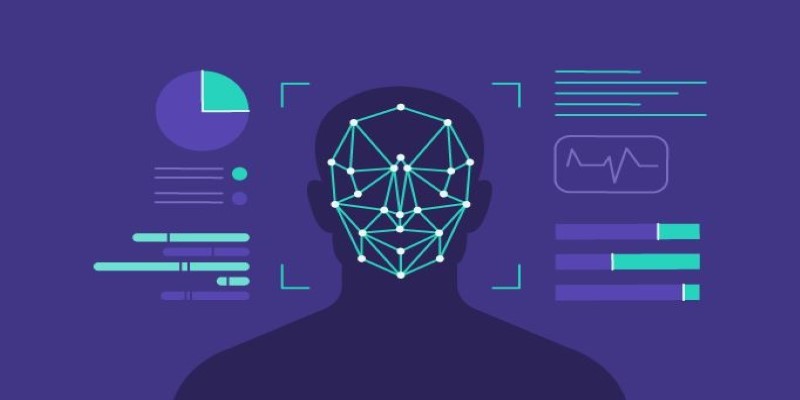Cities are growing fast. More people are moving into urban areas every day, and that means city planners must think ahead. But how can they keep up with such rapid growth? That’s where artificial intelligence (AI) comes in. With the help of AI, city planning is becoming smarter, faster, and more efficient.
AI is helping urban planners collect and use data to solve problems like traffic congestion, housing shortages, and environmental pollution. It’s not just about using technology—it’s about creating better places to live.
What Is AI in Urban Planning?
AI in urban planning refers to the use of machine learning algorithms, data analytics, and automation tools to study and improve urban environments. This approach allows planners to gain insights from a wide range of data sources, such as satellite images, traffic sensors, weather patterns, mobile data, and public feedback.
Instead of relying solely on traditional surveys or manual modeling, planners now use AI to:
- Simulate different development scenarios
- Predict future population trends
- Optimize infrastructure investments
- Monitor environmental impacts in real time
This shift toward smart, responsive city planning is helping authorities stay ahead of the curve and deliver more sustainable urban solutions.
Benefits of Using AI in City Planning
AI’s impact on urban development can be seen across various functions. Some of the major benefits include:
- Smarter Traffic Management
AI helps reduce congestion by analyzing real-time traffic data and adjusting signal timings. It can also suggest alternate routes or predict peak travel times. - Improved Public Transport Planning
By tracking ridership data, AI can help optimize routes, reduce wait times, and balance vehicle loads, improving overall service quality. - Predictive Infrastructure Development
AI can identify areas that may face future overcrowding or infrastructure strain, allowing cities to invest in development proactively. - Enhanced Environmental Monitoring
Sensors combined with AI track air quality, noise levels, and temperature changes to promote healthier urban living.
These benefits demonstrate how AI enables a more adaptive and responsive form of city management—one based on facts and future forecasting.
Real-World Examples of AI in Smart Cities
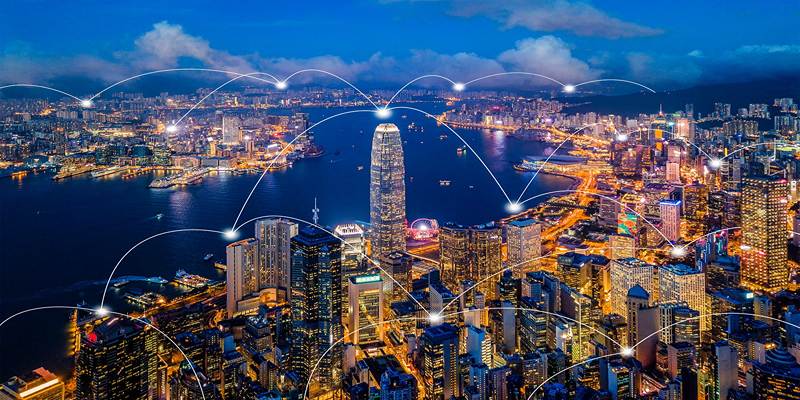
AI is already being used in cities around the world. These examples show how powerful it can be.
Singapore: Leading the Way
Singapore is often seen as one of the world’s smartest cities. It uses AI to control traffic, monitor cleanliness, and manage public housing. Their “Smart Nation” program collects data from sensors placed around the city to improve services.
Barcelona: Smart Waste Management
Barcelona uses AI to manage its waste collection system. Sensors in garbage bins send data to the city, and AI calculates the best route and time for waste collection. It reduces fuel use and keeps the city clean.
Dubai: AI for Energy Efficiency
Dubai is using AI to cut down on energy usage. Smart building systems adjust lighting and air conditioning based on real-time data. It reduces costs and helps protect the environment.
How AI Works in Urban Planning
Understanding how AI functions in urban planning requires a look at the different stages of its implementation:
Data Collection
Data power smart cities. AI systems gather information from diverse sources such as:
- IoT devices and street sensors
- Mobile phone GPS signals
- Public transport ticketing systems
- Satellite imagery
- Climate monitoring tools
- Social media feedback
Data Processing and Cleaning
Once collected, the data must be processed. AI systems clean and organize this information to ensure accuracy and relevance. Only quality data can produce useful insights.
Pattern Recognition
AI identifies patterns in the data that may not be obvious to human analysts. For instance, it might detect links between rising temperatures and increased power consumption or spot dangerous traffic intersections based on accident history.
Predictive Modeling
Using historical data and trends, AI can forecast future events—like which neighborhoods may require more schools or where water shortages might occur during peak summer. This entire cycle supports proactive planning, helping cities avoid problems before they arise.
How AI Helps Solve Urban Challenges
Every city faces its challenges. AI can adapt to meet those specific needs, offering customized solutions.
Traffic and Transport Problems
Traffic is a major issue in most cities. AI can analyze real-time traffic data to:
- Predict congestion before it happens
- Suggest better public transport routes
- Recommend alternate travel paths to drivers
- Control traffic signals automatically
It can reduce travel time and pollution.
Housing and Population Growth
AI can study patterns of population movement and housing needs. This helps in:
- Planning new residential areas
- Deciding where to build schools and hospitals
- Identifying areas that may face housing shortages
In short, it ensures cities grow in a balanced and fair way.
Sustainability and Green Cities
Climate change is a serious concern. Cities need to be more eco-friendly. AI can support this goal by:
- Tracking energy use in buildings
- Identifying high-pollution zones
- Monitoring water and waste systems
- Suggesting better use of natural resources
The Role of Data in AI-Driven Urban Planning
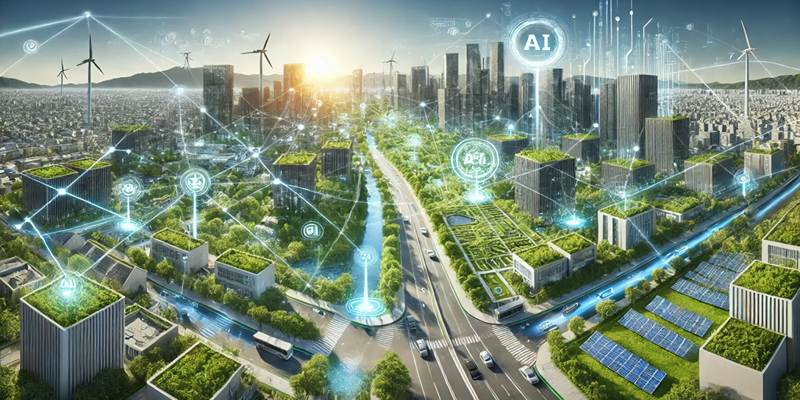
AI runs on data. But where does this data come from? It’s gathered from many sources:
- Sensors and cameras: These collect data on movement, pollution, and noise levels.
- Public records: Data on population, housing, and infrastructure.
- Mobile phones: Anonymous location data helps track how people move through the city.
- Social media: Helps understand public opinion and behavior patterns.
AI processes this huge amount of information to help city planners take action.
Conclusion
AI in urban planning is not just a technological upgrade—it’s a strategic shift toward designing cities that are intelligent, efficient, and sustainable. By tapping into vast data sources and using predictive analytics, planners can address urban challenges more effectively than ever before. From managing traffic and improving waste collection to building climate-resilient infrastructure, AI enables cities to operate smarter, not harder.
